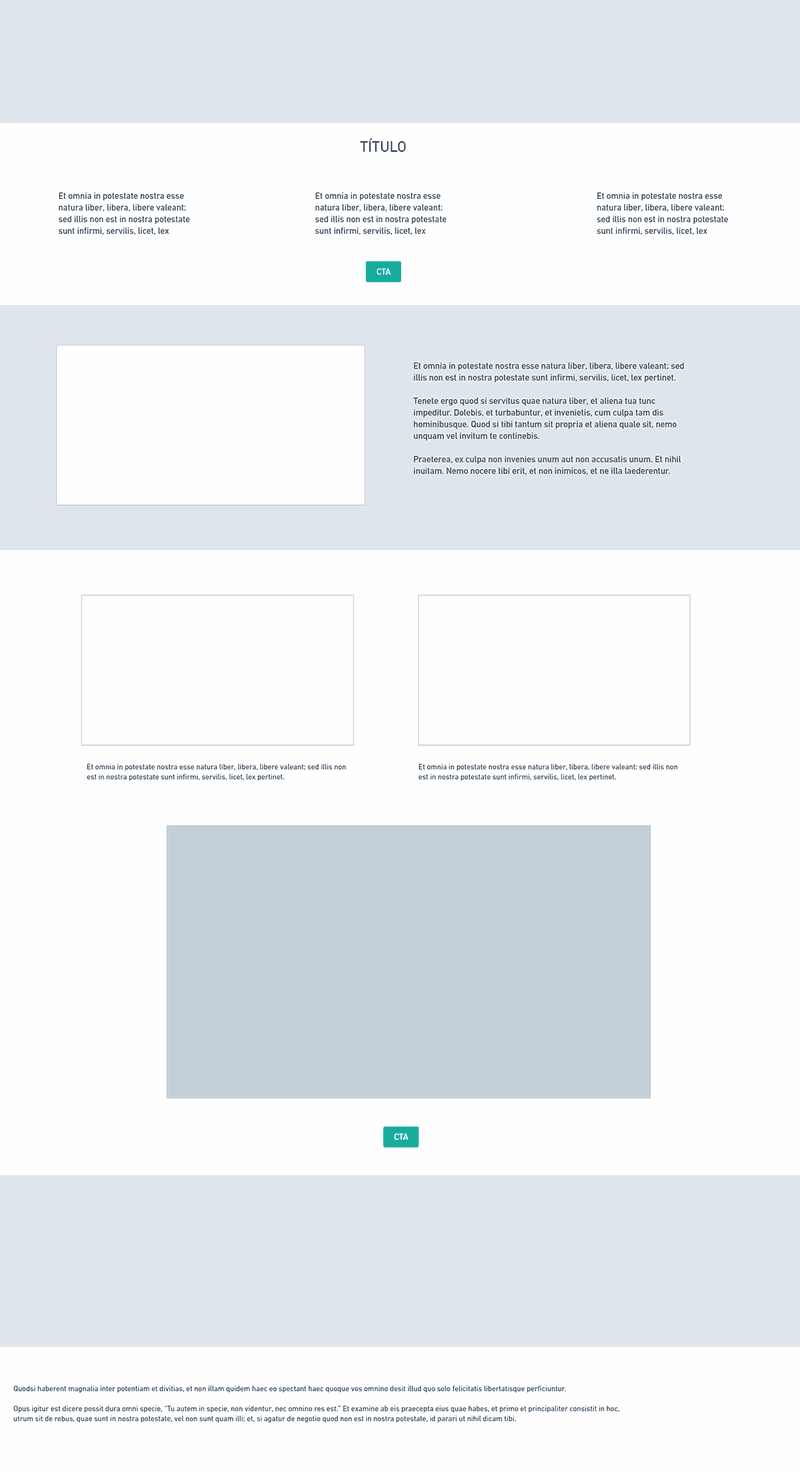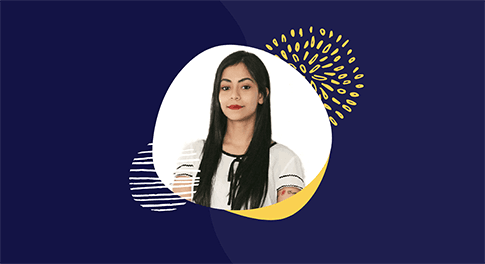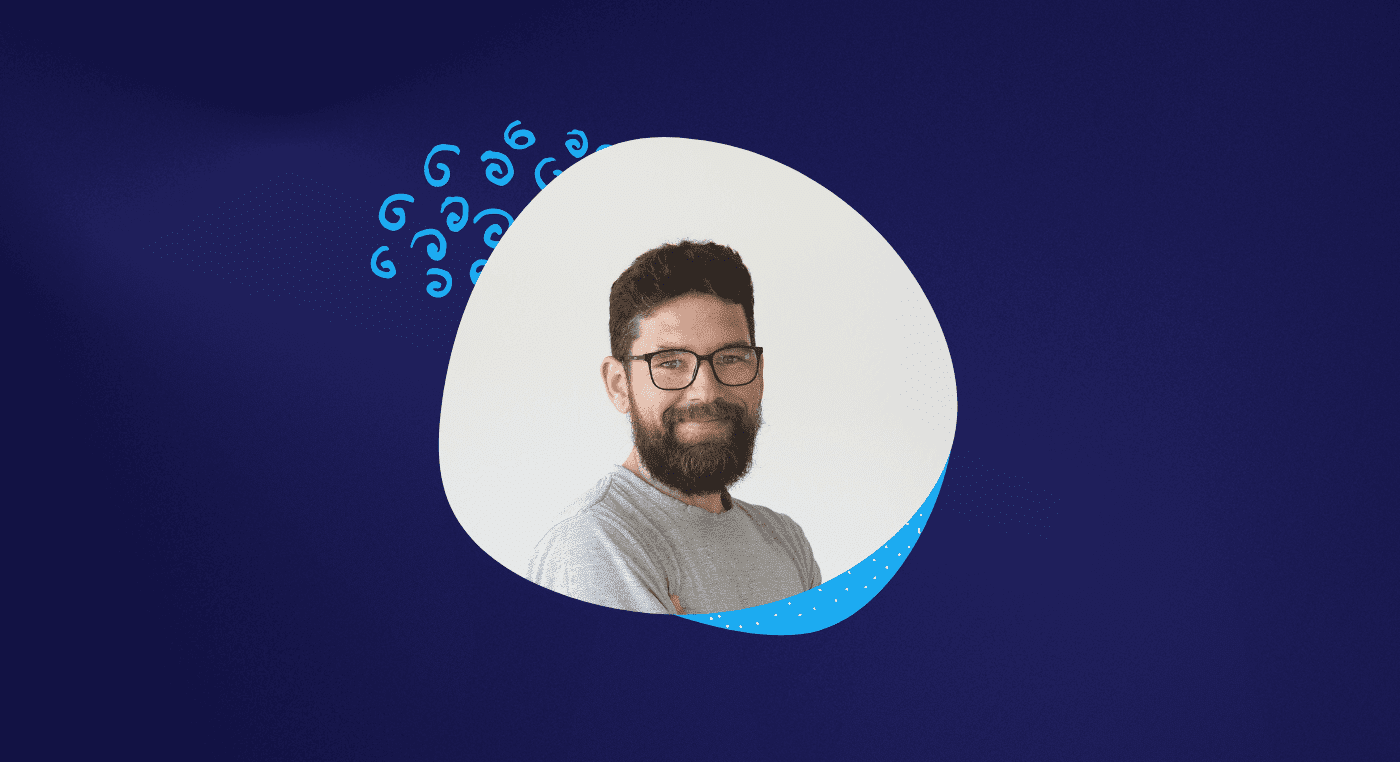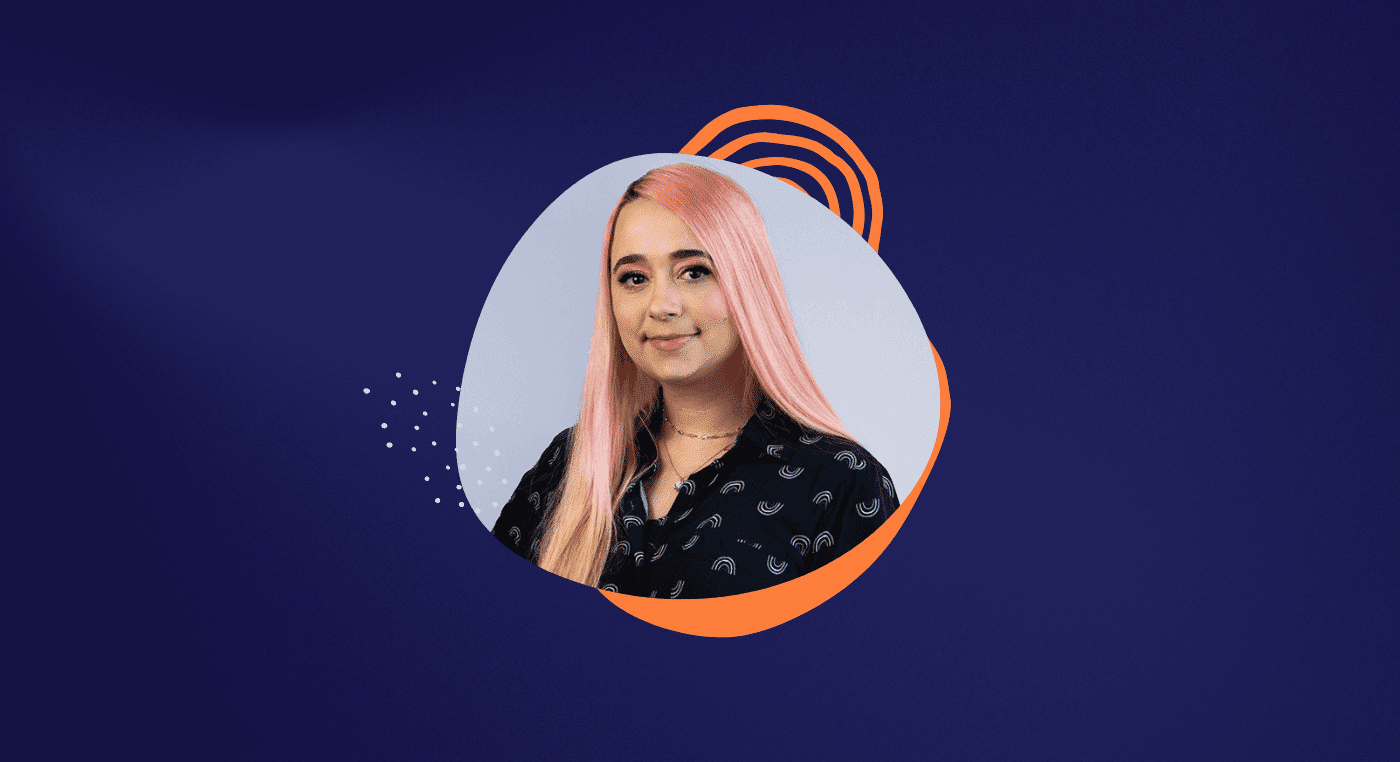Desiree is a Mastering Interface Design (MID) student who talked to us about her transition from Business to Technology and finally to Product Design.
Desiree shared with us the main learnings and challenges when changing careers.
She also gives important tips on staying focused on your studies and preparing for interviews. Check out this inspiring interview!
Desiree, to get started, please tell us a little about yourself.
I'm 25, graduated in Business Administration, and recently transitioned to UX Design. Currently, I'm a Product Designer at Stone.
Why did you decide to transition from Business to Product Design?
After I graduated from college, I felt like something was missing. I was working in a field where everything was predictable and structured, leaving no room for creativity or experimentation.
I wanted a change, so I decided to pursue a graduate course in a field I was passionate about – technology.
As I advanced in my career and took on leadership roles, I knew it was time to take the next step and enroll in a university extension program in IT Management.
One of the topics covered in the course was Design and how it plays a fundamental role in squads and companies as a whole. From there, I met this world of UX and Product Design and fell in love with it.
Despite this, the basic knowledge of business has been very useful in my current profession, mainly because it is essential for the designer to understand more about business and to have this holistic perspective.
So, understanding business has been very enriching.
Reading Tip: Business Design: Why Is it Important to Know About Business?
And how has it been to work with Design and IT?
My work integrates with other departments like the product manager, design and development team. This is one of the company's premises actually, having a multi-disciplinary approach.
In this sense, it has been a great communication-building experience! Everyone must be on the same page so that everyone is involved and responsible for product development.
How was your transition process to Product Design?
I always say that I was lucky to be able to rely on Aela's and the MID's material.
Before joining the MID, I took some free workshops and thought, "Wow, it must be so cool to work with Product Design and create something people really like." So, I related to the area right away.
Since I worked in operations and wanted to switch to a tech-related field, I accepted a proposal to be a support analyst at another company. Although it was a downgrade in position and salary, I thought it was the perfect time to make this change.
If I stayed in the old company, as time passed and I evolved there, it would be more difficult to make this transition.
Then, when I was working as a support analyst, there was an opportunity to be a designer within the squad I was already in.
So, the transition happened naturally, and it was very cool. In this new position, I had a better vision of product development and learned more about customer and user pain points.
It turned out to be a very fluid path to this position.

What was your biggest learning during your transition process to Product Design?
I think the main thing was that I managed to get to the definition of the problem.
When you are the only Product Designer in a company, you begin to look at many things, and sometimes you don't know what to do. This scared me a little in the beginning.
But with the help of the MID, I was able to structure the process better and learn which methodologies and tools to use in each stage.
This was essential for me to understand that Product Design is more than building prototypes and designing screens. Much of the work involves knowing how to listen and coming up with a solution more naturally.
To give an example, one difficulty I had was finding some resistance from the development team since they’ve never had a Product Designer on the team before.
So, I would come up with a suggestion, an idea, or even disagree about something, and sometimes I couldn't convince the developers. It was very difficult.
This situation encouraged me to learn more about HTML and CSS so I could understand them better and communicate more assertively to create this synergy and integration between the teams.
There was this challenge, and I definitely learned a lot from this.
Reading Tip: Why Is Empathy Essential For UX Design?
How did you stay focused on your studies?
I had to stop and understand what my priorities were at the time. I was checking material in several places: WhatsApp, Telegram, Medium, and I also made huge lists of books.
I had to understand where I needed to focus. As I was also doing a graduate course in interaction design. So, I focused on the MID and on my graduate course.
When you are transitioning, everything is new, and if you are not careful, you may have that FOMO (fear of missing out) feeling. Thinking that if you don't learn everything, you will fall behind and won't be able to keep up with the market.
I realized that everyone goes through this. And, in fact, there is plenty of time to learn everything.
My organization was basically to stop and define my weekly routine, define the exact days for the MID program, my graduate course, and other subjects.

How was the interview process for your position at Stone?
I landed this position after a bold move! I saw the job opening but thought I had no chance of actually getting it; I was in doubt. However, I plucked up the courage and decided to apply anyway. And it worked!
In this sense, the MID was important to give me more confidence in the process and applications. I thought: "It doesn't hurt to try!"
But the most interesting thing is that I didn't get that job, but they liked my profile and the case I presented, and they eventually offered me another position, which is the one I'm in at the moment.
Reading Tip: 11 Fears That Hinder Your Transition to a Career in UX Design
Can you tell us about your learnings in this selection process?
I know it will depend a lot on the company and the people involved, but the advice I give is for people to stay calm and show who they are.
I participated in other processes where I was very nervous and knew right away that I hadn't done well because I couldn't express myself properly and be myself.
For this position, I was very open-hearted and that helped me a lot.
Another piece of advice is regarding the case study. I was used to presenting directly in Notion, but this tool is good to get yourself organized. When the presentation moment arrives, it's important to have everything on neat-looking slides, that makes a big difference too.
How's your work going today?
Stone is quite different from my first job, where I was the only designer on the team. Today, my biggest learning has been about processes and workflows.
At my previous company, I handled everything from research, recruitment, organization, and so on.
At Stone, a larger company, there are more people involved, and there is also this process of adaptation, of knowing how to communicate better and understand each person's role. It has been really cool!
Since I didn't come from graphic design, the UI part has always been my weakest spot. I always received feedback on this during the mentoring as well.
So here, I can practice and learn more about it, and I feel like I'm developing a lot.

In your case, how was it to get used to remote work?
This was something that made me quite insecure, and I asked a lot about it during the interview to understand the routine and how it worked.
In fact, the company already had this remote work culture even before the pandemic. They were already quite used to this model. Sometimes people in the same building have meetings via video conference.
At first, I was a little insecure, thinking it would be difficult to adapt. But in reality, it was super easy.
The team already works towards this adaptation, so I feel at home.
Communication is quite open, and there are several tools that help us.
Reading Tip: Remote Work: What is the Outlook During and After the Pandemic?
What do you think about remote work? Do you want to take this into your life, or do you miss the office?
I miss the exchange with colleagues in daily life, lunchtime conversations, and having more personal and informal contact. But remote work has expanded my horizons a lot.
Today, I can consider taking a trip while working simultaneously, spending holidays at the beach, and going to other countries.
The remote model has allowed me to understand that you don't need to be physically in the office to do a good job.
You have more flexibility and freedom to work from other places.

What would you say to Desiree from the past, who was about to transition to Product Design?
I think I would mainly tell her to be calm because things will work out at the right time.
Everything you will go through will be very important in your process and your professional success.
I would also say that it's okay to make mistakes because this is also a learning experience!







